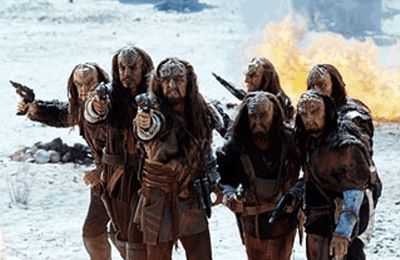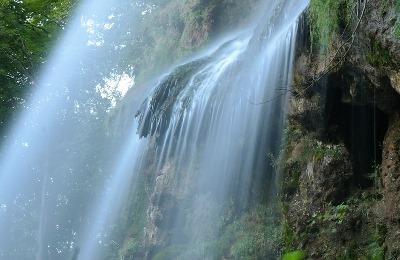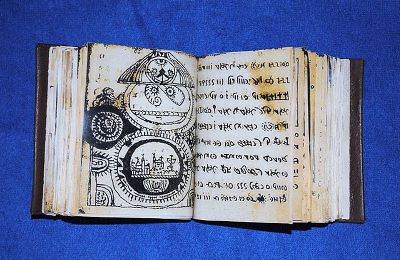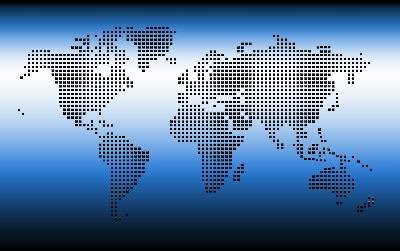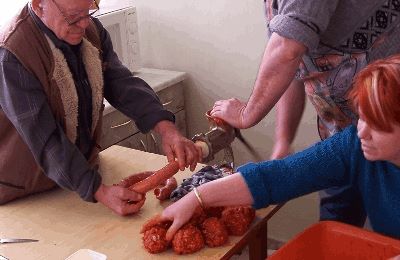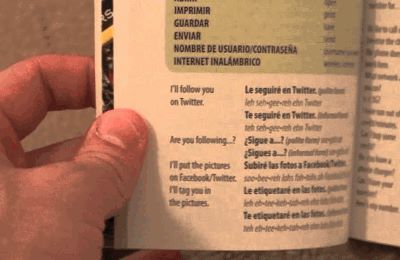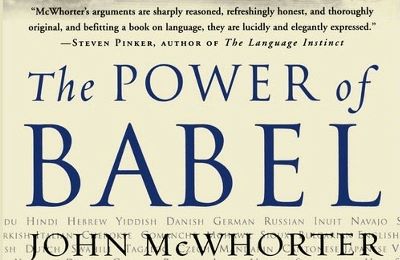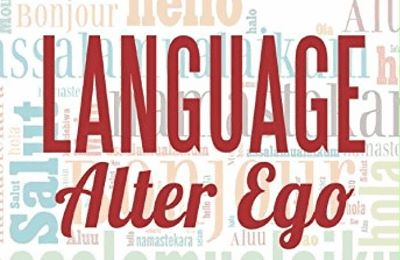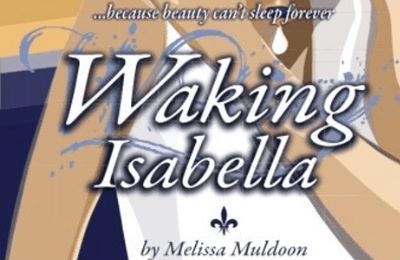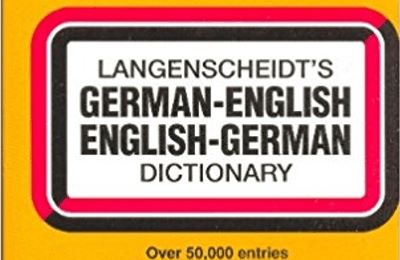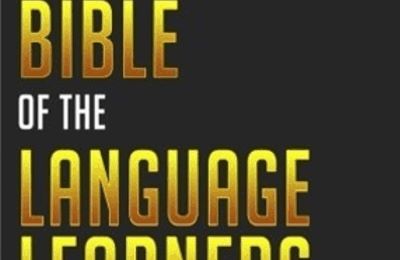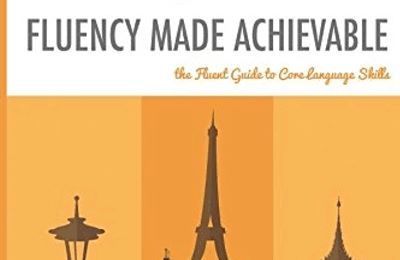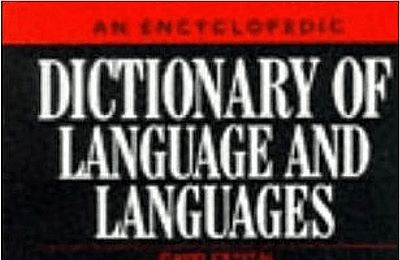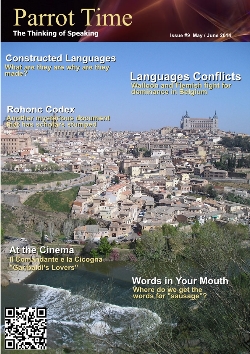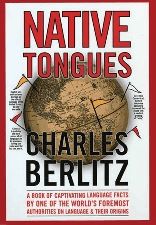
Native Tongues by Charles Berlitz One of my primary interests in languages is how much they reflect society and cultures. We've all heard the anecdote of how the Eskimos have a vast number of words for types of snow. That is the type of material that this book covers. "Native Tongues" The author is Charles Berlitz, well known linguist and grandson of Maximillan Berlitz, the founder of the world renowned Berlitz School of Languages, and to whom this book is dedicated. Mr. Berlitz breaks down this volume of facts into 39 categories, including "How Languages Spread and Decline," "Same Sounds, Different Meanings," "Our Mysterious Alphabet," "Languages Lost – and Found Again," and even some unexpected ones, like "Languages in Space" and "There Were Others Before Columbus." The moment I opened this book at random, and started reading, I couldn't stop. The range and quality of the facts are astounding. I was, for example, surprised to learn that during the American Revolutionary War, the national language of the new United States of America was almost German, save for one vote. Many of the items are surprising, and some are downright ironic. For example, this anecdote about the Irish language (pg. 82): During a "speak Irish" campaign, signboards throughout the Irish Republic proclaimed "Cut the last tie with England, the language! Use Irish!" (But the signs were written in English.) The book is not a scholarly write-up on language development or linguistic issues. It's not meant to be. It is a very easy to read volume of language lore and facts that are fascinating. As I read this, my mind started racing, because one could easy take any of these categories and explore just that in depth. My compulsive nature had to be kept in check, because I already wanted to start addressing so much of the material. If you can get your hands on a copy, I encourage you to do so. You will not be disappointed. 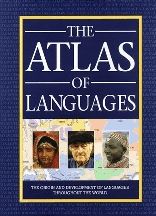
The Atlas of Languages I will start off by saying I like this book. It's large, colourful, entertaining, and fun to read. You can flip through the book and see charts on language families, maps of language locations, sidebars of language information, and tons of fantastic coloured pictures from places all over the world. The visual stimulation of the book is superb, and definitely worth seeing. However, on a serious level, the book fails in a few ways. First, the title itself is misleading. Anyone that has opened an atlas knows it to be filled with maps, charts, and facts. This book has many maps, but they are all simplistic and often inaccurate. And the statistical information, what little there is, is equally suspect. The maps and charts are also intermingled among text and images, so it is much harder to find any information the book might reveal. That would be fine - if they didn't call it an "Atlas." This is more of a simple overview of languages rather than a serious reference book. My major complaint about the book is the amount of extra material that is included, but has no real bearing upon languages. At the same time, it also contains a lot of extra material that is relevant to languages, but more as interesting side notes, so I guess it depends on how relevant the material is. I feel the book is aimed at people that are interested in languages, but not ready to get into depth with them. Flipping randomly, I find a passage referring to Bantu languages, and it focuses on Ndebele. There are a few paragraphs on Nbdebel, a few tidbits, then the short section ends with "[…] In other Bantu languages the corresponding forms are often different." And that's it: no looking at others, no further discussion. The reader is just left wondering what those "different forms" are. This is the typical handling of material in the book. Of course, the claim to be an "Atlas" on world languages would be a hefty one, considering the number of world languages still alive is over 6000, but if a book claims to be an Atlas of them, it should deal more with the languages and less with trivia and pictures that, while entertaining, are of little real use to a serious language student. My copy of the book is paperback, but there is also a hardcover version. This would more likely be called a coffee table book: the kind that is large, full of nice pictures, and looks attractive on a table while making the owner appear very knowledgeable, which is the reason I like the book. You can sit down and leaf through it and look at the nice pictures. However, if you want a serious book on languages of the world, this isn't the book for you. I would give it a 4/5. |
| Book Look | ||
| Writer: | Erik Zidowecki | |
All images are Copyright - CC BY-SA (Creative Commons Share Alike) by their respective owners, except for Petey, which is Public Domain (PD) or unless otherwise noted.
|
Searching for language resources? Scriveremo Publishing, has lots of fun books and resource to help you learn a language. Click the link below to see our selection of books, availlable for over 30 langauges!
| |
comments powered by Disqus



